
“The best marketing doesn’t feel like marketing.” – Tom Fishburne
This quote by the famous creator of Marketoonist cartoons rings especially true in the world of digital marketing, where the competition for the attention, interest and wallets of your audiences can be brutal.
With billions of websites, social media accounts, online videos, and images screaming to be noticed, you need a secret weapon to cut through the clutter. One that reaches deep into the hearts and minds of your customers, going beyond the usual tired marketing gimmicks.
This is where the psychology of consumer behaviour comes in.
By understanding how your potential customers think, you can infuse these psychological and social triggers into your online marketing efforts, be it on your website, Facebook pages, PPC ads, emails, videos, or other channels.
Let’s begin with the most important of them all.
#1 Trust
In a digital world swarming with scammers, phishers, fake news publishers and other con artists, trust is sorely lacking. Edelman’s recent surveys show that trust is sorely lacking in an increasingly polarized world.
One of the most important components in any relationship, trust is the glue which binds people to brands. If you trust an organisation, you are more likely to interact, engage and consume content by the brand. Ultimately, this drives purchase decisions.
Example of Trust
To build trust in the online world, consider incorporating what I call “trust builders” in the design of your web and social content. If you are building a landing page, include the following in its design:
- testimonials and reviews
- customer success stories
- number of social shares
- number of subscribers
- client logos
- third-party certifications
- security badges
Here’s an example of how you can do it.

Courtesy of Writtent
#2 Reciprocity
There is no such thing as a free lunch. However, people are more likely to reciprocate your kindness and generosity with their purchases over time.
Gary Vaynerchuk certainly knows this. In his book Jab Jab Jab Right Hook, he highlighted the principles of repeatedly giving value to your communities before asking for the sale. This principle of reciprocity is also well described by the father of influence Robert Cialdini as one of the six weapons of influence.
Example of Reciprocity
The best example of reciprocity probably comes from the entire discipline of content marketing itself. Yes, we content marketers simply love to give away valuable information, instruction and insights on our websites, video channels, social media accounts, and emails.
Here’s an example of the free eBooks on content marketing available compiled by Curata. Look at the vast array of topics here!
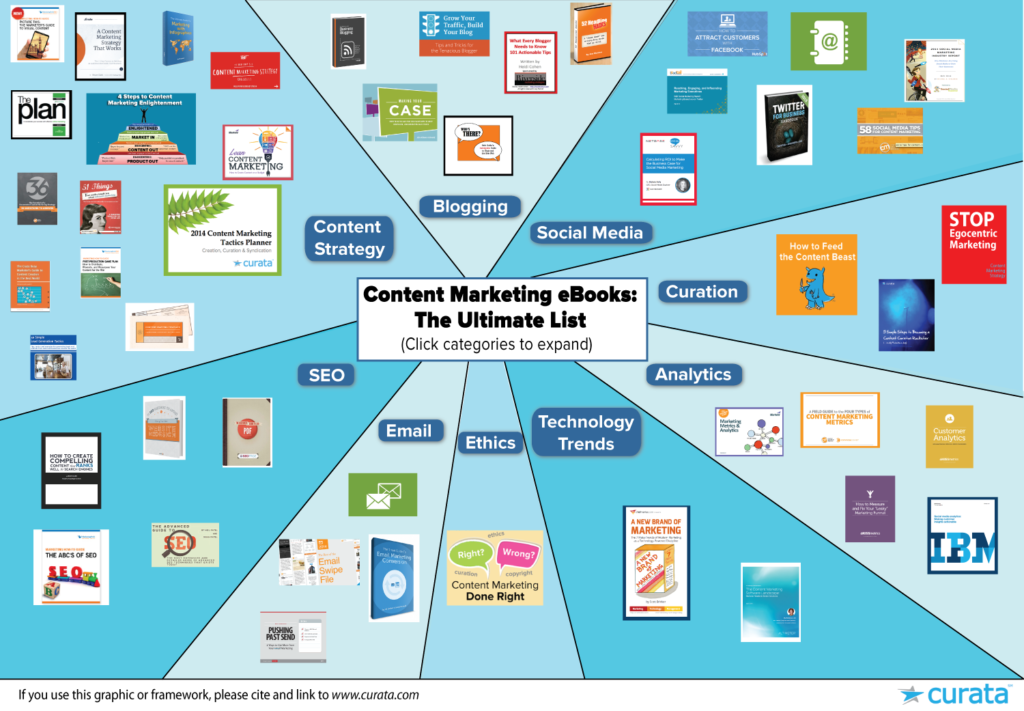
Courtesy of Curata
#3 Commitment and Consistency
Another “weapon of influence” described by Cialdini, commitment and consistency works on the basis of how we need to be viewed as being reliable and true to what we say to others.
Nobody likes to be known as a two-faced person. Thus, if you can get a potential customer to publicly commit to something, they are more likely to follow-through on it.
This is the principle of tripwire marketing (or foot-in-the-door technique), where getting a customer to commit to your brand in a small way like making a small purchase or “liking” or “following” you on social media paves the way for a bigger purchase later on.
Example of Commitment and Consistency
360 Painting uses a contest to invite their customers to share why they deserve to rank the first in Franchise 500 (an award given to franchised businesses.)
By getting their customers to commit to this (and to be consistent to what they’ve committed), the company builds greater loyalty amongst their followers.

Courtesy of 360 Painting
#4 Social Proof
Social Proof rides on the psychological principle of mirroring, ie the famous “monkey see, monkey do” concept of human behaviour.
It is the reason why we tend to copy the actions of others, especially when there are many people doing the same thing. A case in point would be the long queues at popular food stores, or the observation that social media posts which can trigger a lot of likes, comments and shares in their first hour tend to gather a lot more shares over time.
Examples of Social Proof
HubSpot’s website uses lots of Social Proof. In the screen shot below, you can see how they’ve highlighted trust-building numbers like the number of monthly visits to their blogs, participants in their academy, and user groups amongst others.
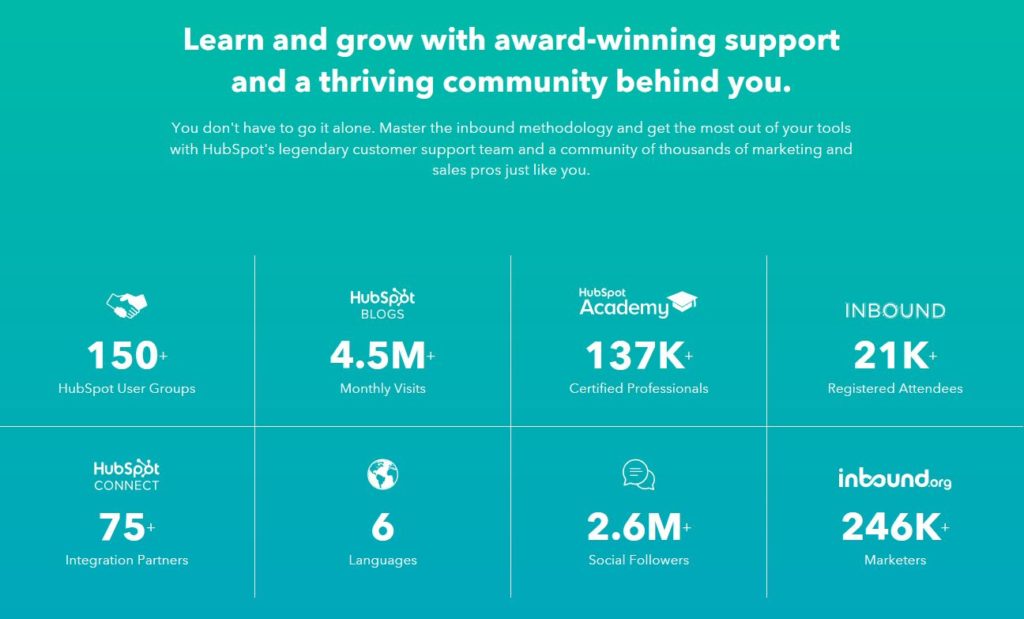
Courtesy of HubSpot
Likewise, Amazon oozes social proof by narrating success stories of its customers using the platform to turn their businesses and their lives around. These heartwarming tales help to convince others to hop on board their e-commerce platform.
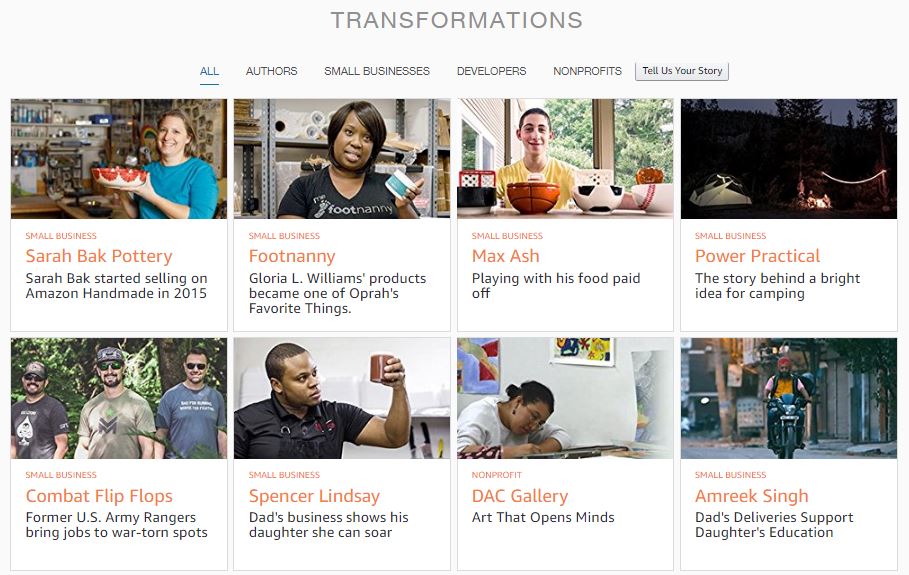
Courtesy of Amazon
#5 Authority
Since time immemorial, we humans have obeyed figures of authority. Sometimes, these “influencers” are able to shape how we think, feel and act.
In the digital and social media world, authority can also be shown by the number of followers, fans or readers which a brand has – the greater its reach, the more the brand’s implied authority is. Beyond reach, what’s probably more important these days is engagement – the number of likes, comments or shares a brand can trigger.
Example of Authority
About Us pages of websites are optimal places to build authority.
A good example here is GE Reports, which is a blog run by the global GE comms team. Every article showcases the thought leadership, innovations, and technological achievements of GE, featuring prominent personalities like Jeff Immelt and Sheryl Sandberg.
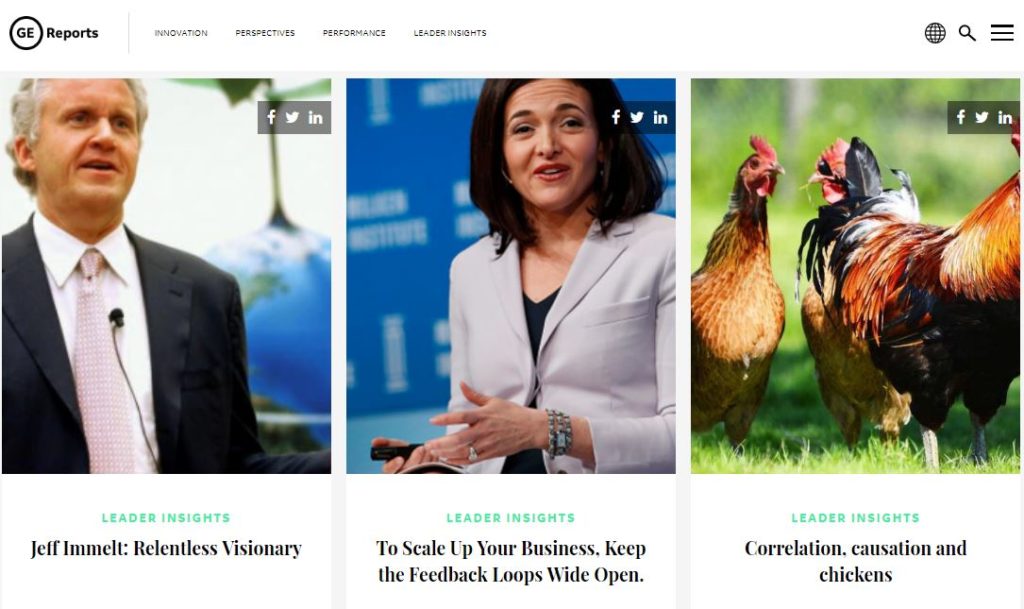
Courtesy of GE Reports
#6 Liking
Are you likable as a brand? If you aren’t, its time for you to consider changing your online brand persona.
People are more easily persuaded by other people or brands which they like. Often, physical attractiveness (yes we are beauty biased folks) play a key role in influencing how likable you are.
We are also more likely to like people who are alike (pardon the tongue-twisting). They could be similar to us in their view points, beliefs, personality, backgrounds, or lifestyle.
Example of Liking
Uber entrepreneur and business coach Marie Forleo is a classic example of Liking in action. She is smart, good looking, funny, and oozes tonnes of charm.
Her YouTube Channel (aka Marie TV) continually draws hundreds of thousands of fans, many of whom faithfully watch every episode and engage with her actively.
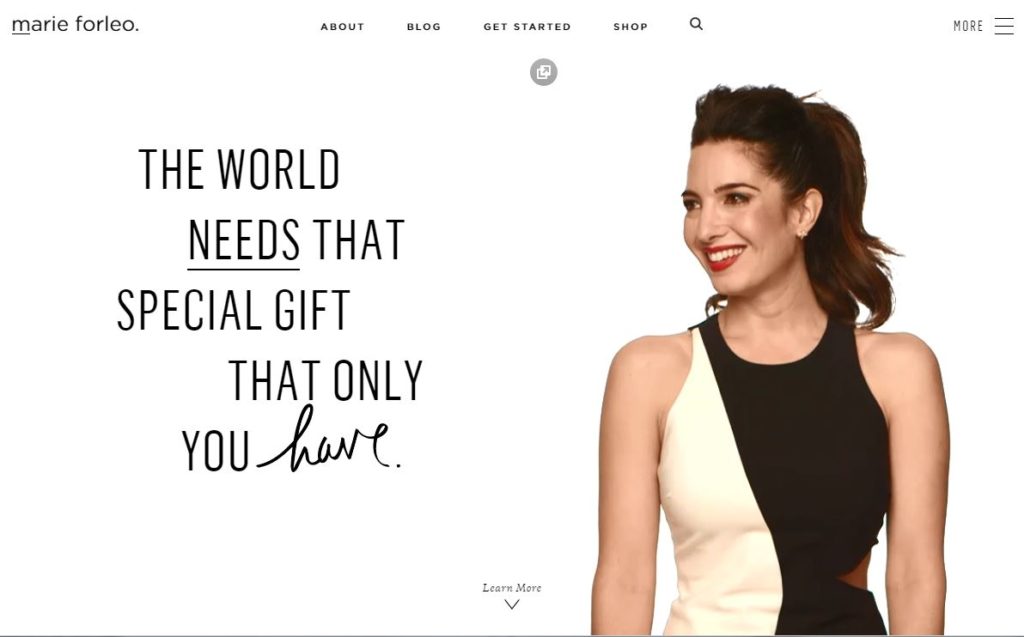
Courtesy of Marie Forleo
#7 Scarcity
Scarcity is one of the oldest marketing tricks on the book. It rides on the psychological trigger of “loss-aversion” or Fear Of Missing Out (FOMO), a syndrome that is amplified on social media and digital channels.
Perceived scarcity will generate greater demand. For example, saying offers are available for a “limited time only” encourages sales.
Example of Scarcity
Scarcity is often best used in more direct email marketing efforts, where time or stock limited offers could be made to subscribers. Here’s an example from online book retail company Open Trolley which was sent to my inbox.
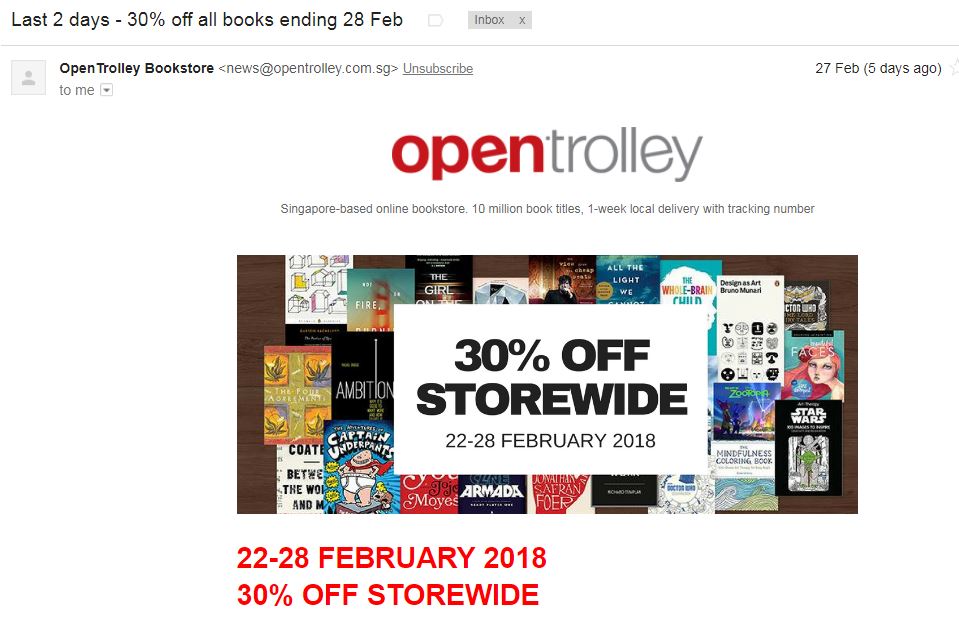
PS – While an occasional offer or deal can help to drive participation and sales, doing it too frequently will tarnish your brand image and position your product as one that is inferior in quality. You may also train your customers to become “deal seekers” making it difficult for you to raise prices.
#8 Decoy Effect
Often applied in pricing strategies, the decoy effect is used when you offer choices of different products that are priced differently with the intention to only sell one of the three.
Typically, this works in the following manner:
- Three different versions of a similar product is offered
- The small version could be offered at say $10; the medium at $17; and the large at $20 (twice the size of medium)
- You are more likely to buy the large version because the medium version anchors the price.
- In your mind, you may think that “for just $3 more, I am getting twice the amount of product.”
Example of Decoy Effect
Here’s a great example of the Decoy Effect shown by landing page app provider Lead Pages in their pricing plans. Are you able to discern which product they are trying to generate the most sales of?
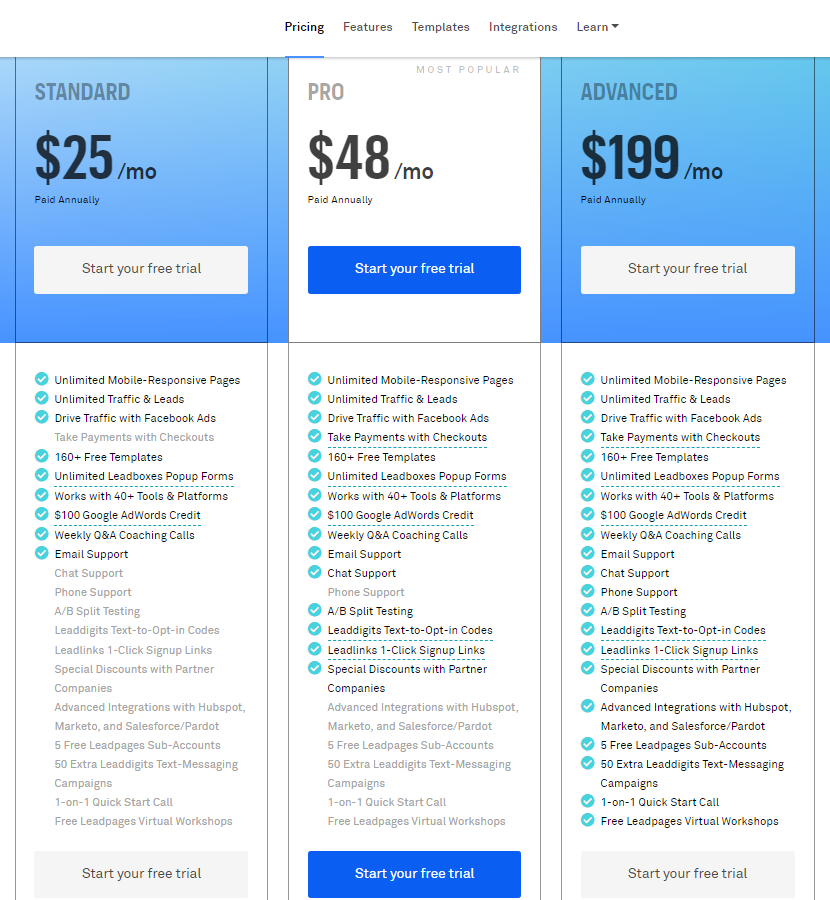
#9 Priming
Like it or loathe it, we humans sometimes behave like flesh robots. The way our brains are wired make it such our exposure to a stimulus often results in a response to a subsequent stimulus even without our conscious involvement. If we read one thing first, it will likely affect the way we respond to the next statement.
Examples of Priming
Many brands have deployed priming to great effect. Apple’s Think Different campaign is a prime example.
A response by Apple’s advertising agency to IBM’s Think campaign, Apple’s historic campaign primed people to consider the Apple brand as a rebel and upstart using 20th century maverick icons like Jim Henson, John Lennon and Yoko Ono, Albert Einstein, Mohandas Gandhi and many others.
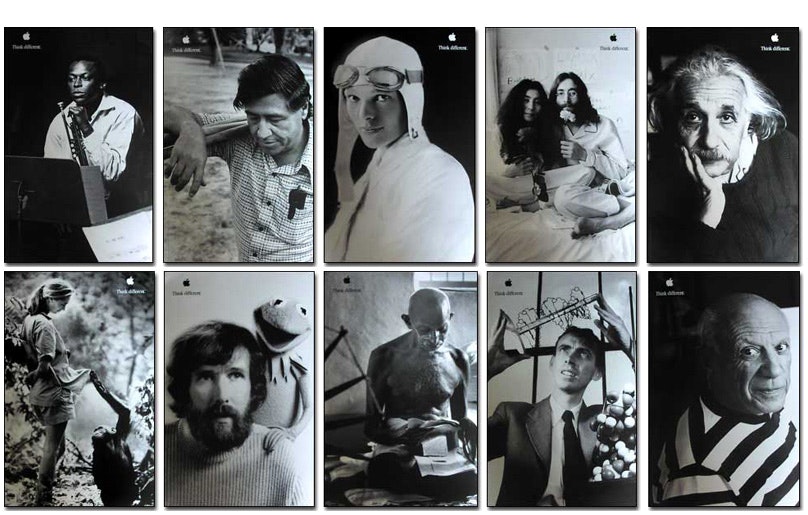
Kit-Kat’s “Have a Break. Have a Kit-Kat” is another sterling example. Here, a phrase is used to prime consumers to associate break time with the chocolate covered wafers.
https://www.youtube.com/watch?v=99iyGGbaRWE
#10 Framing
The framing effect is a good example of a cognitive bias that is frequently used in marketing.
To do so, you’ll present information to your audiences either as a loss or a gain to elicit a desired response. People tend to avoid risk when a positive frame is presented, but seek risks when a negative frame is presented.
Understanding your customer contexts helps you to frame your content better. Often, it is not about what is said, but how it is said.
Examples of Framing
Cosmetic and toiletries giant L’Oreal is a master in the psychological art of framing, and they’ve used it over the decades in how they marketed their products – both offline and online.
Their most memorable campaign efforts stemmed from the tagline “Because You’re Worth It” which framed the use of beauty products in the context of empowering women rather than pleasing men.
#11 Gamification
Gamification is a fairly recent phenomenon whereby game mechanics are used in a non-game context to reward your customers for completing tasks.
The basic elements of games – also known as game mechanics – comprise points, badges (achievements), levels, leaderboards, and rewards. Combined, they deliver a system of mastery (also known as agency) to users using concepts that are both intrinsically and extrinsically motivating.
Examples of Gamification
There are tonnes of examples of gamification applied in digital marketing. The most ubiquitous examples are found in social networks like Facebook, Instagram, Twitter, and LinkedIn. Just look at the interfaces of these platforms, complete with scoring systems such as no of likes, comments, shares, and badges of achievements (eg “Your posts have received 100,000 likes this year.”)
Fitness apps like Runkeeper have also incorporated lots of gaming elements, triggering a shot of feel-good hormone dopamine with each milestone achieved. Users are often nudged to share these achievements with their social networks, thereby triggering greater virality for the apps.
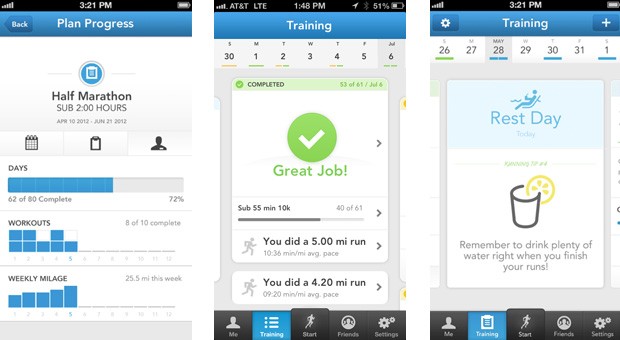
#12 Create a Tribe
We love to form cliques which those whom we identify with. This principle of tribalism (also known in psychology as Social Identity Theory) is based on the premise where a person’s sense of self is determined by their group affiliations.
To build a tribe, consider these words of wisdom from Seth Godin:
- Publish a manifesto
- Make it easy for your followers to connect with you (using largely social media tools)
- Make it easy for your followers to connect with each other
- Track your progress
You may also wish to start social movements, and create digital “uprisings” with your brand in the forefront.
Examples of Tribes
Social media is rife with examples of tribes in action. They may range from groups of friends, colleagues or alumni members of a school to devoted users of a branded product and service (eg The Cult of Mac).
Video camera brand GoPro is an exemplar of tribal marketing in action. Specialising in small portable video cameras suited for outdoor use, they use their social media channels to regularly feature fan content.
Like this stunning example here:
Conclusion
I hope that the above list of psychological tactics and examples are inspiring and insightful.
The next time you wish to roll out a digital marketing campaign, ask yourself the following questions:
- What are the psychological bases which influence how my customers think, feel and behave?
- How do leading brands use psychological tricks and tactics to attract and engage their customers?
- Which psychological principle should I employ in this campaign and why?
- How do I roll these different psychological methods on my different digital channels?
Let me know if the above tactics work for you. Drop me a comment too if you’ve got any views on this.

As a digital marketer, I can say physiology plays an important role in this field and the that you guys explain this, truly fantastic, great work with a lot of new info.
In my latest client campaigns i have used the 8th strategy as “Decoy Effect” but i didn’t know this fancy term for it just used the strategy but learnt lot more which i will be using for sure.
That’s great to know Marian! Yes, these are some of the techniques that can help to improve the performance of our marketing campaigns, tapping on the psychology and neurological responses of target customers.
Such a nice article.